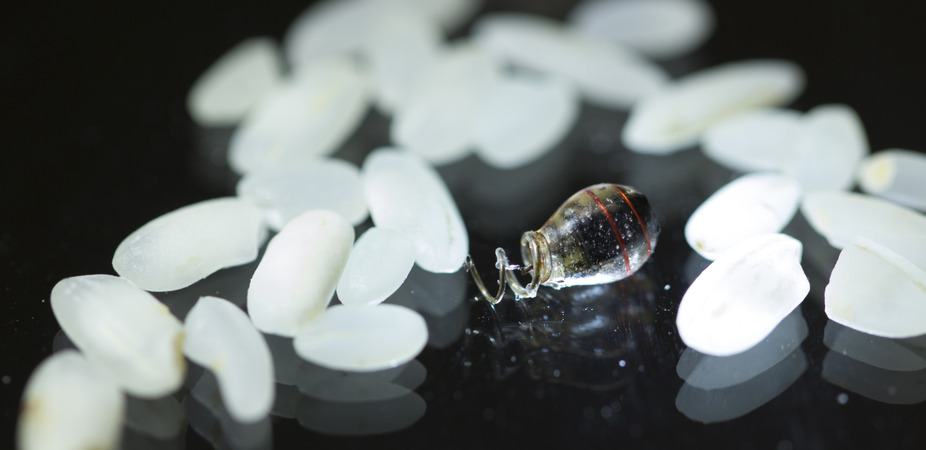
New Type of In-Body Device Could be Charged Wirelessly (Op-Ed)

This article was originally published at The Conversation. The publication contributed the article to Live Science's Expert Voices: Op-Ed & Insights.
Many ailments, such as irregular heartbeats, can be treated by electrical stimulation within the body. But current technology makes in-body devices, such as pacemakers, very bulky because they need big batteries. In some cases, such as brain implants, the size of the device makes implants impossible.
That may not be a major hurdle in future if technology developed by researchers at Stanford University proves successful. Instead of big batteries, they have developed a method to wirelessly charge devices deep inside the body.
They demonstrated the use of the device by regulating the heartbeat of a rabbit using an implant the size of a grain of rice. If such devices can be used in the human body, they could be implanted even in the brain to treat conditions such as Parkinson’s disease, where electrical stimulation of the right nerve cells can reduce shaking caused by a faulty motor-neuron system.
Once inserted in the rabbit, the device is powered with a metal plate held outside the body. The metal plate is connected to a battery no bigger than those available in smartphones. The plate charges the battery via the “inductive coupling” phenomenon, in which two coils placed in close proximity to each other can exchange energy through an electromagnetic field.
“These fields do not change much whether in air or in biological tissue, so the physical basis for charging a medical implant is not substantially different from, say, charging an electric toothbrush,” Ho said. The technology was disclosed in a study published in the Proceedings of the National Academy of Sciences.
Such “near field energy transmission” was previously considered too weak to charge medical devices. Ho solved this problem by designing the metal plate such that the electromagnetic fields are directed towards the device in the form of a beam.
Sign up for the Live Science daily newsletter now
Get the world’s most fascinating discoveries delivered straight to your inbox.
Even then, however, power transmitted to the device is only 2,000 microwatts, which is a fourth of what is required to power a human pacemaker, the most important in-body device.
Currently pacemakers are fitted with a battery that can last ten years. Although the device is quite power efficient, it requires the user to undergo serious surgery to replace the bulky device.
Even if the charge were strong enough, Robert Puers at the Catholic University of Leuven, who has been developing his own technology to charge in-body cameras, said Ho’s technology is not right for pacemakers.
“For pacemakers you require 100% reliability, otherwise the patient may die,” Puers said. “Instead, this could be used in cochlear implants that help deaf patients.”
Another issue is that of risk. Ho suggests these type of fields are mostly safe. But Puers says the exposure of electromagnetic fields to biological tissue is not yet well understood.
Any medical device has to go through rigorous medical trials before it can make it to the market. Ho and his supervisor Ada Poon have formed a company, Vivonda Medical, to develop the technology for use in humans.
If successful, there could be plenty of applications. Apart from Parkinson’s and deafness, other illnesses that could treated by electrical stimulation alone include epilepsy, chronic pain and urinary incontinence.
This article was originally published on The Conversation. Read the original article. Follow all of the Expert Voices issues and debates — and become part of the discussion — on Facebook, Twitter and Google +. The views expressed are those of the author and do not necessarily reflect the views of the publisher. This version of the article was originally published on Live Science.










